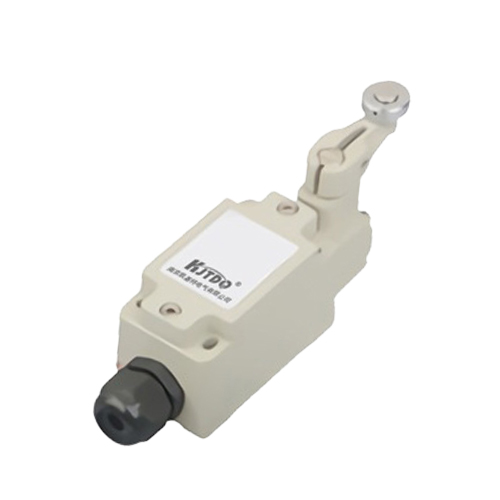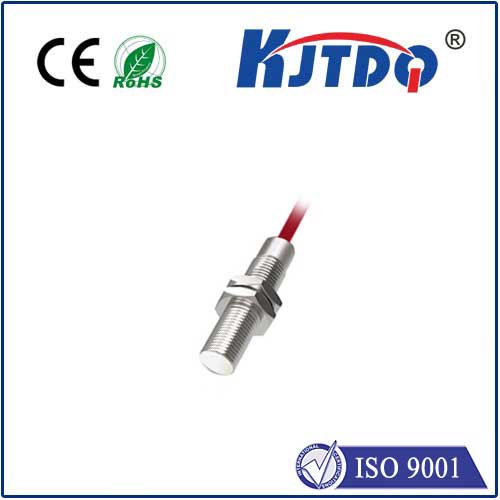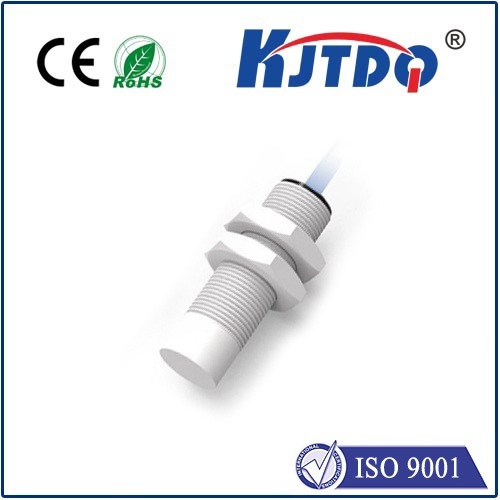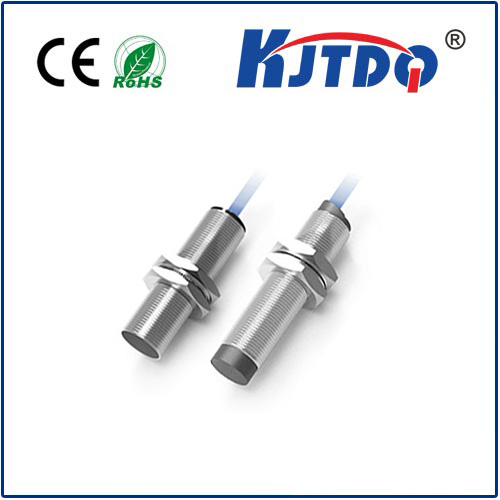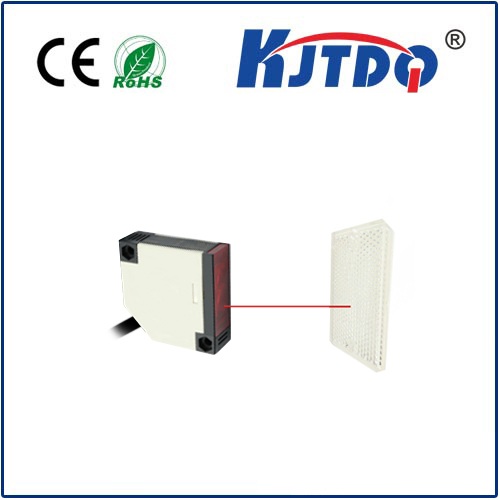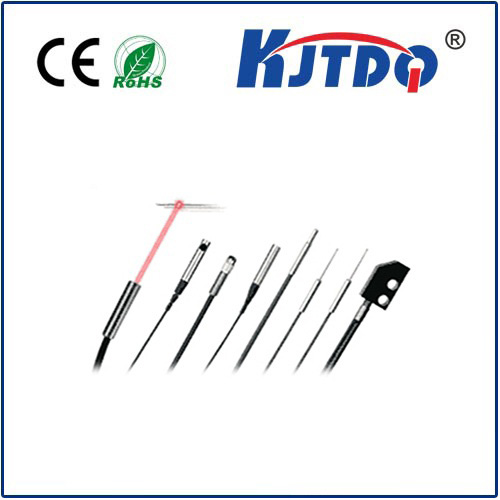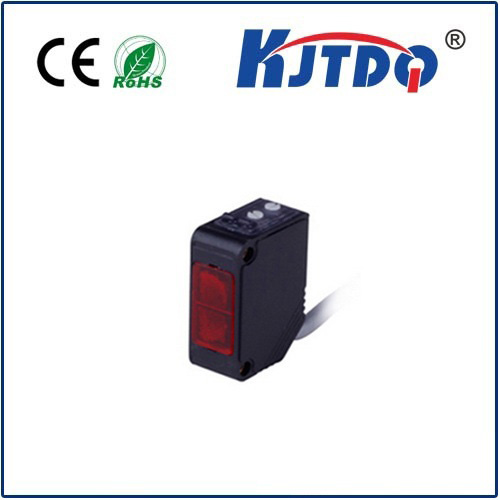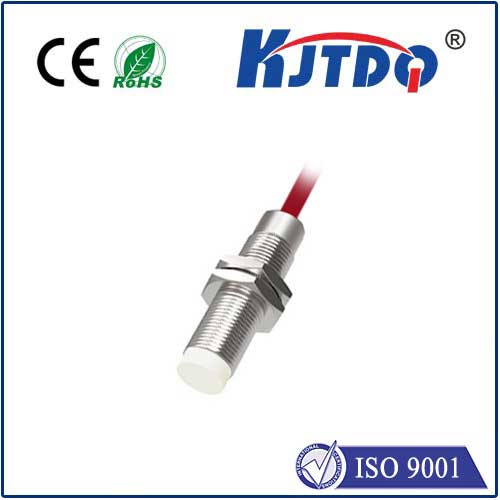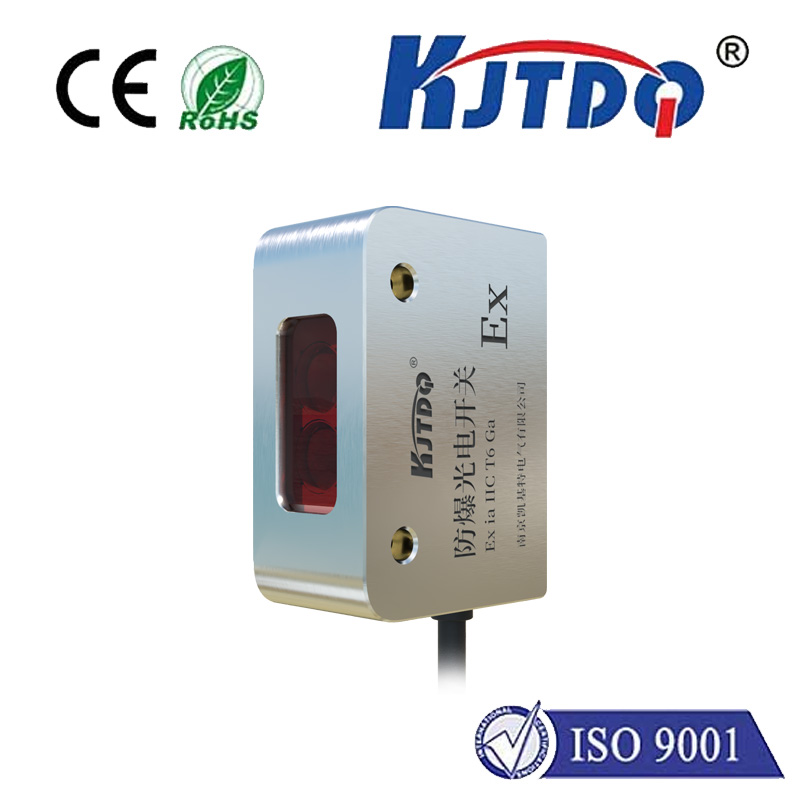E3FC-DN22 reflective photoelectric beam sensor
- time:2025-10-10 02:29:56
- Click:0
Unseen Guardian: How the E3FC-DN22 Reflective Photoelectric Sensor Revolutionizes Object Detection
Imagine a high-speed production line where boxes zip past flawlessly, sorted with robotic precision. Or a sensitive automated door that opens only when a person approaches, never a stray gust. The invisible force ensuring this smooth, accurate operation? Often, it’s a humble yet powerful device: the reflective photoelectric beam sensor. And among these reliable workhorses, the E3FC-DN22 stands out as a paragon of performance and versatility in industrial automation. Understanding its unique capabilities empowers engineers to design smarter, more robust systems.
Decoding the Core Principles: Beyond Simple Reflection
At its fundamental level, a reflective photoelectric sensor operates on a beautifully simple concept: light emitted, light reflected, light detected. The E3FC-DN22 embodies this principle but elevates it significantly beyond basic diffuse sensors. Here’s the distinction:
- Emitter: An integrated infrared LED projects a focused beam of light.
- Target Interaction: Unlike diffuse sensors relying on light scattered off the target itself, the reflective type requires a dedicated reflector. This specialized component, placed opposite the sensor, bounces the emitted light beam directly back towards the sensor unit.
- Receiver: A sensitive phototransistor or photodiode within the E3FC-DN22 constantly monitors for the returning light beam.
- Detection Logic: Object detection occurs when the beam is interrupted. When an object passes between the sensor and the reflector, it blocks the light path. The receiver no longer senses the beam, triggering a state change in the sensor’s output signal (e.g., switching from ON to OFF, or vice-versa, depending on configuration). This beam-break method is the essence of its operation.
This fundamental principle makes the E3FC-DN22 exceptionally reliable for detecting objects regardless of surface characteristics – color, texture, or material transparency have minimal impact. It’s detecting the absence of the reflected beam, not relying on the object’s reflectivity.

Why the E3FC-DN22 Shines in Industrial Settings
Not all reflective sensors are created equal. The E3FC-DN22 incorporates specific features tailored to demanding applications:
- Impressive Sensing Range: Engineered for long-range detection, it reliably senses objects at distances typically ranging up to 2 meters (and often beyond, depending on reflector quality and environmental conditions). This provides significant flexibility in mounting and application design.
- Robust IP67 Protection: Encased in a rugged housing, the E3FC-DN22 boasts an IP67 rating. This signifies exceptional resistance against dust ingress and protection against the effects of temporary immersion in water (up to 1m depth for 30 minutes). It thrives in harsh environments like factories, warehouses, and outdoor installations.
- Compact DN22 Form Factor: The “DN22” designation refers to its standardized 22mm cylindrical barrel diameter. This compact size allows for easy integration into machinery where space is constrained.
- Precision Optics & Electronics: High-quality optics ensure a focused beam for reliable detection at range and resistance to ambient light interference. Advanced electronics provide stable performance and immunity to electrical noise common in industrial settings.
- Versatile Electrical Options: Commonly available with both NPN (sourcing) and PNP (sourcing) output configurations, making it compatible with virtually any PLC input card or control system. A choice of cable outlet directions (axial or radial) further enhances installation flexibility.
Putting the E3FC-DN22 to Work: Key Applications
The combination of long range, environmental resilience, and beam-break detection logic makes the E3FC-DN22 ideal across numerous sectors:
- Conveyor Systems: Detecting the presence or absence of packages, boxes, or pallets on high-speed lines. Crucial for triggering sorting gates, counting objects, or verifying position before robotic pick-and-place operations.
- Automated Material Handling: Monitoring pallet positions in AS/RS (Automated Storage and Retrieval Systems), verifying stack heights, or ensuring proper loading/unloading sequences in AGVs (Automated Guided Vehicles).
- Packaging Machinery: Ensuring fill-level accuracy by detecting containers passing filling stations, verifying lid placement, or confirming case sealing.
- Security & Access Control: Acting as a hidden beam for perimeter security or triggering automatic doors/gates only when the beam is broken by a person or vehicle (often paired with safety logic).
- Assembly Line Verification: Checking for the presence of specific components on a moving assembly line or detecting misaligned parts before further processing.
- Printing & Converting: Verifying web breaks (material tearing) or tracking the edge of materials like paper, film, or foil.
Best Practices for Optimal Performance with the E3FC-DN22
Maximizing reliability requires thoughtful installation:
- Choosing the Right Reflector: Match the reflector to the sensor’s specifications and the required sensing distance. Use reflectors designed for photoelectric sensors; standard reflective tape is insufficient for long ranges. Alignment targets on many reflectors simplify setup.
- Precise Alignment: This is paramount. Ensure the sensor head points directly at the center of the reflector. Even minor misalignment drastically reduces effective range and reliability. Utilize mounting brackets designed for fine adjustment.
- Minimize Vibration: While robust, excessive vibration can affect alignment over time. Secure both the sensor and reflector firmly using appropriate mounts.
- Avoid Interfering Objects: Ensure the beam path is completely clear of any fixed or moving objects that could unintentionally break the beam besides the targets you intend to detect.
- Mind the Environment: Although IP67-rated, avoid directing high-pressure water jets directly at the sensor lens. Keep lenses clean from heavy grime or frost, as buildup can attenuate the beam. Ambient light interference is usually minimal due to the modulated beam, but extreme direct sunlight on the receiver should be avoided if possible.
- Understand Output Logic: Configure your PLC or controller correctly based on whether the sensor output is Light-ON (beam present = ON) or Dark-ON (beam interrupted = ON). The E3FC-DN22 often offers configurable modes.
Implementing the Invisible Sentinel
The E3FC-DN22 reflective photoelectric sensor transcends being a mere component; it’s an essential enabling technology for precise, reliable automation. Its beam-break methodology, coupled with long-range capability, IP67 ruggedness, and proven DN22 form factor reliability, makes it a cornerstone solution. From safeguarding intricate production flows in manufacturing to enabling seamless access control, this sensor delivers consistent, high-performance object detection. By mastering its principles and installation nuances, engineers harness an unseen guardian – the E3FC-DN22 – ensuring machines see clearly and act decisively in the complex world of industrial automation.












